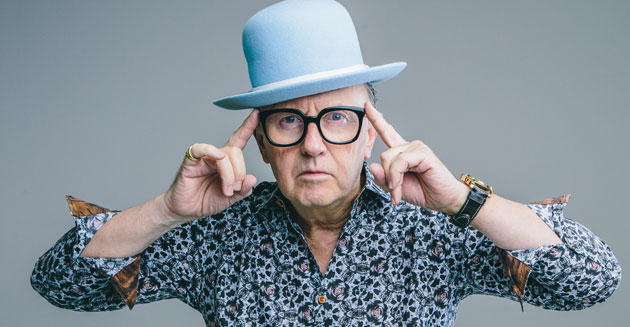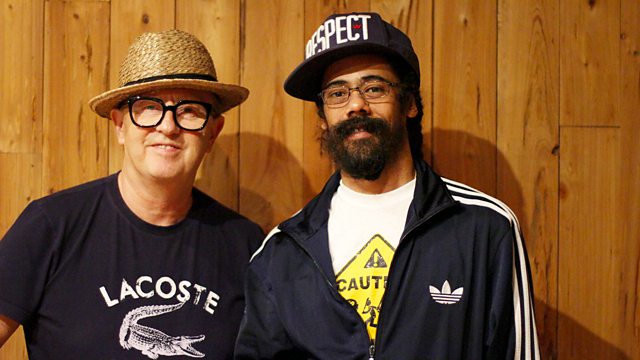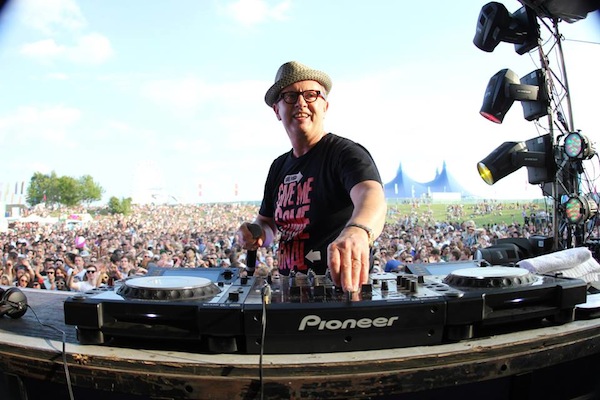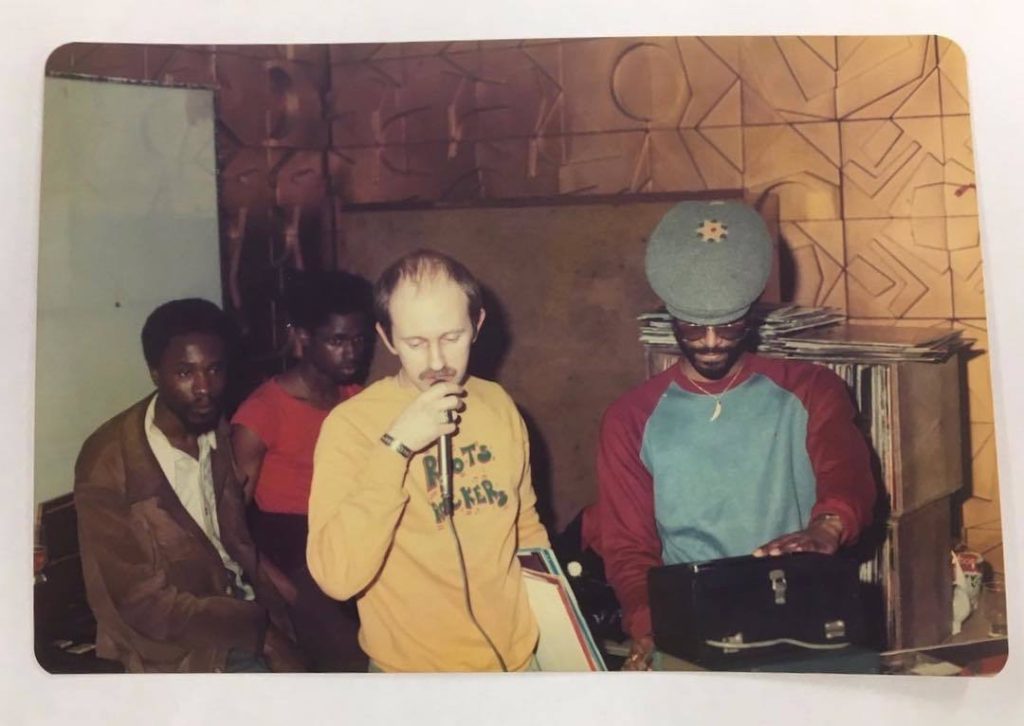
David “RamJam” Rodigan was born in 1951 and spent the majority of his youth growing up in England. He is perhaps one of the biggest and earliest English fans of Reggae music, which is what led to him becoming the most well known Reggae DJ in the world. A soundclash champion and a pioneer of the London underground Reggae music scene, Rodigan has contributed to Reggae music culture in an unprecedented way. His career landed him radio shows on England’s biggest and most popular radio stations, including Radio London, Capital 95.8, Kiss 100, BBC Radio 1Xtra, BBC Radio 2 and BFBS Radio. His extensive knowledge of the Reggae music genre, coupled with his unrivaled collection of custom dubplates, has made him one of the most decorated soundclash champions in the world. He has shared the stage backing some of the largest Reggae acts in the world as a DJ. After nearly 40 years as a Reggae DJ, Rodigan finally decided to open up about his life in his new, and appropriately titled autobiography, Rodigan; My Life in Reggae Music.
The book both starts and ends with a Marley encounter. First, a young David Rodigan has a chance meeting with the legend himself, Bob Marley, outside of a London venue after attending a performance. A simple hello turns into Rodigan interviewing him in person on his radio show years later and ultimately attending the Bob Marley funeral in Jamaica. He describes what all of those experiences were like and how they influenced him and his career. Fast forward nearly four decades later and the youngest Marley son, Damian Jr. Gong Marley, is the first to encourage Rodigan to tell his story. Like most big artists in the genre, Damian knew that Rodigan had a story worth telling as one of the best historians and messengers of Reggae music.
The chapters of the book are appropriately named after the different genres of Jamaican music that grew and changed over the years, as Rodigan’s career grew and changed along with them. Each chapter begins with an explanation of that genre, starting with Ska and Rocksteady, and then moving on through Roots Rock, Reggae, Dancehall, and ultimately Dubstep. The descriptions of his early encounters with Reggae music legends will send chills down your spine. He tells stories of working with Reggae music icons, such as Lee Scratch Perry, King Tubby, Bunny Wailer, Gregory Isaacs, and more. He was once joined on stage by Augustus Pablo during a soundclash where Augustus played the melodica live over his mix. He obviously won that particular soundclash.
The book is not only a great story about the career of a white English man who threw his entire life into the heavily cultural and religious music of a tiny Caribbean island nation he knew little about, but it also tells the story of the music itself. My Life in Reggae walks you through the origin of Jamaican sound system culture. The book teaches you about vinyl recording and dubplates, as well as the early radio days and the rise and demise of pirate radio. The chapter titled, “World A Reggae,” discusses the growth of the Reggae movement across the globe and how places like Germany and the US have created fan bases for it that rival those even in Jamaica. My Life in Reggae is one of the most thorough documentations of the evolution of Reggae music and sound system culture to date. The book will remain an important piece of Reggae music history and it should find a place on the bookshelf of every true fan of the music no matter how young or old.



